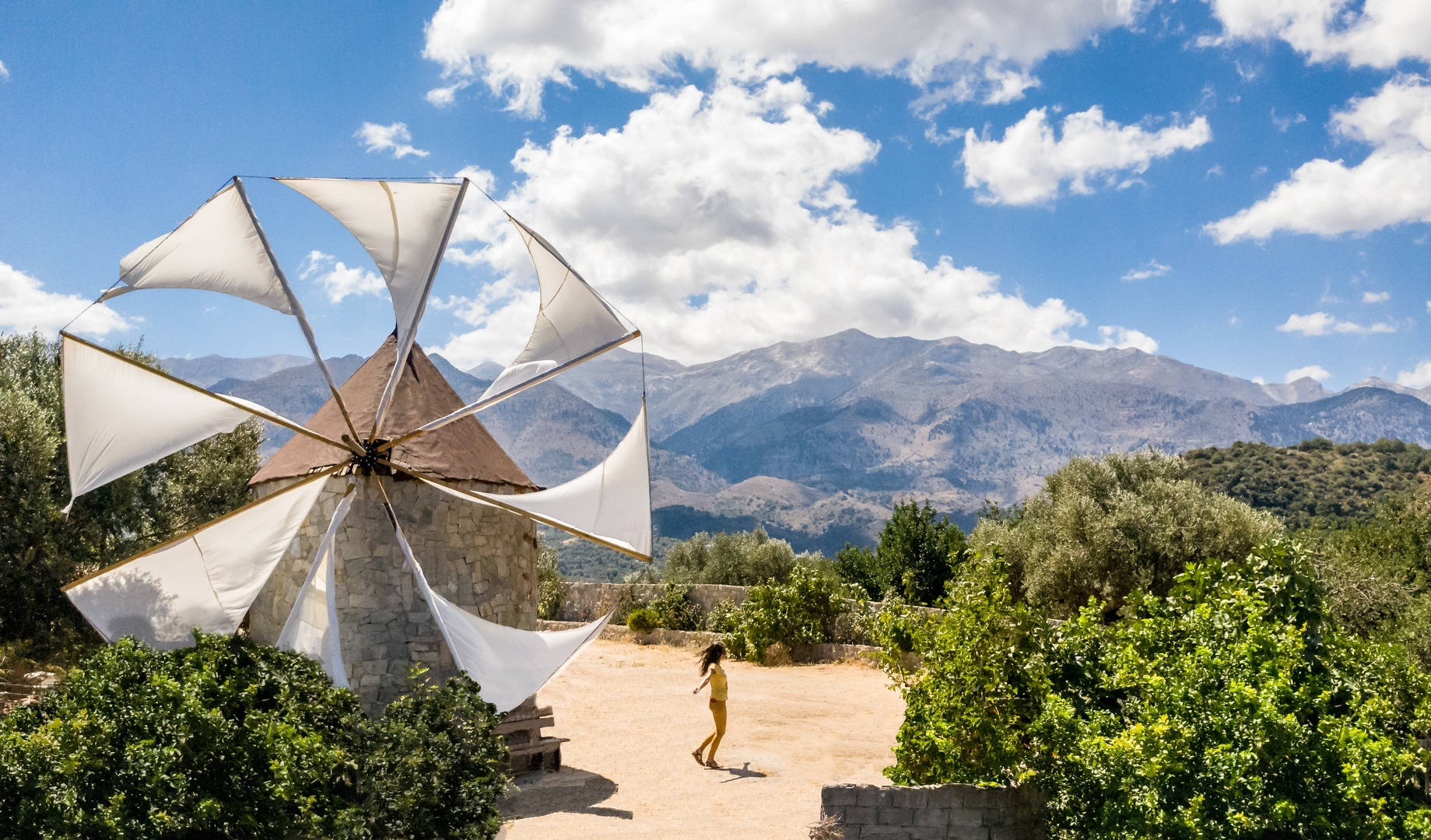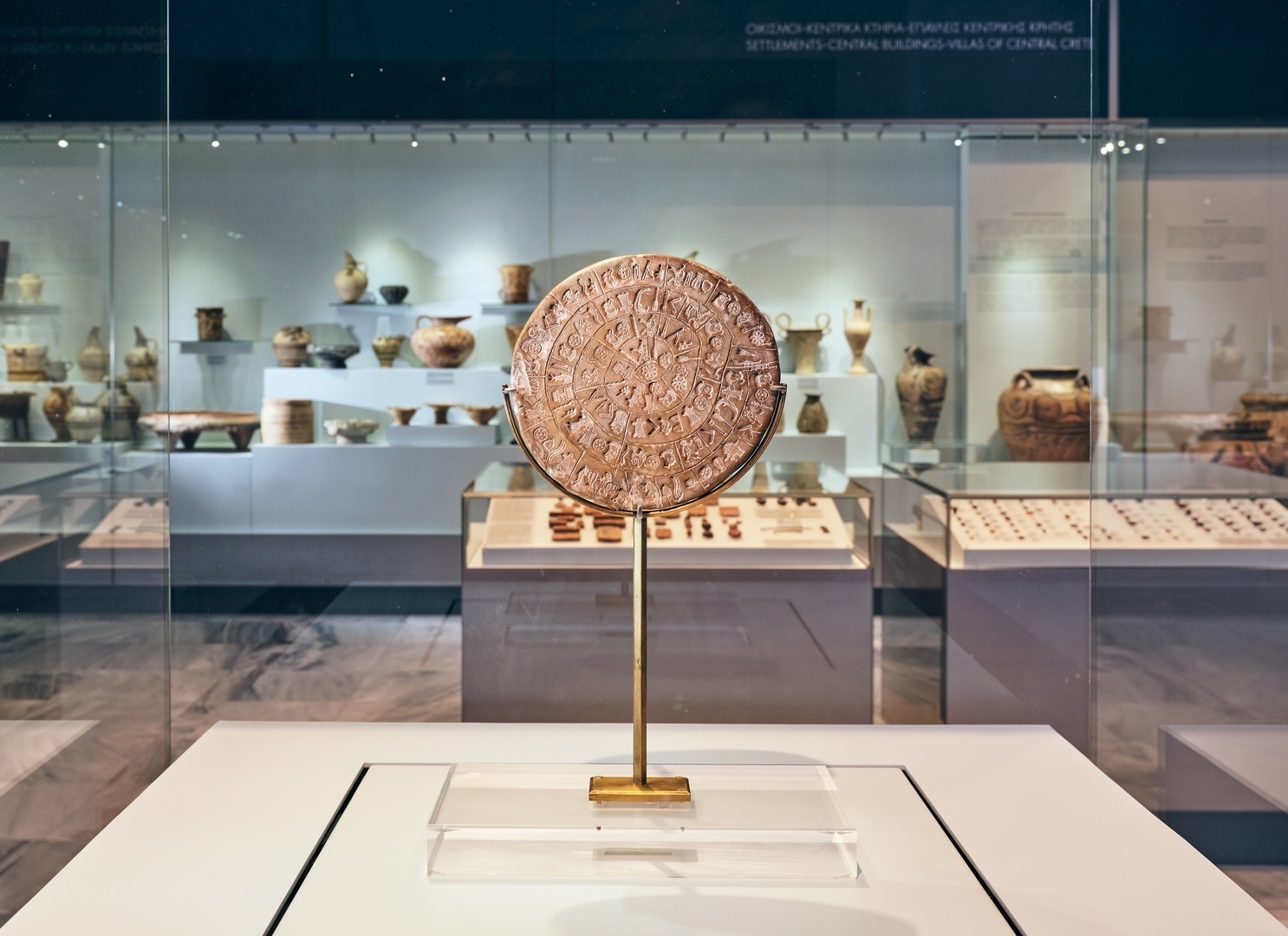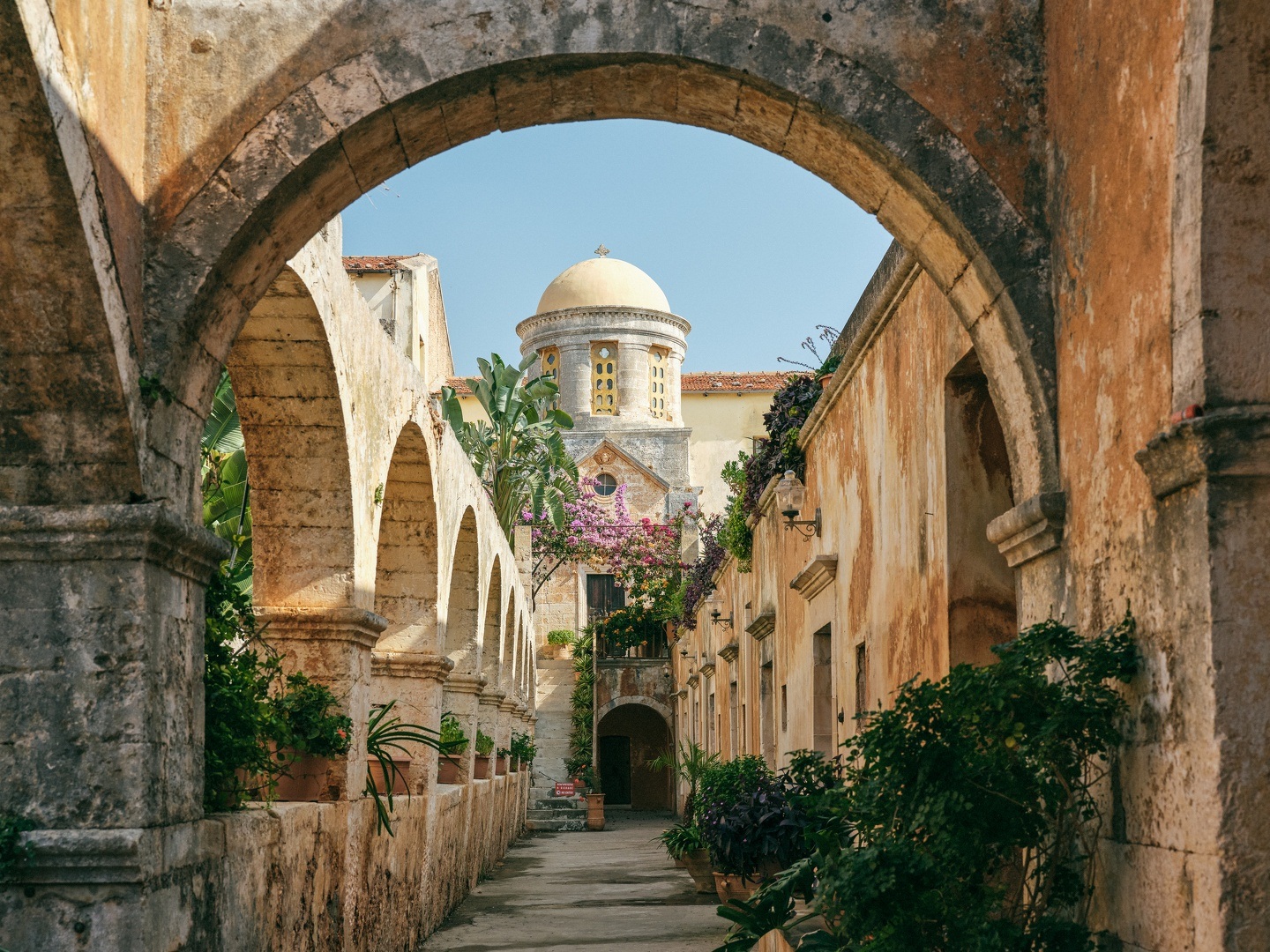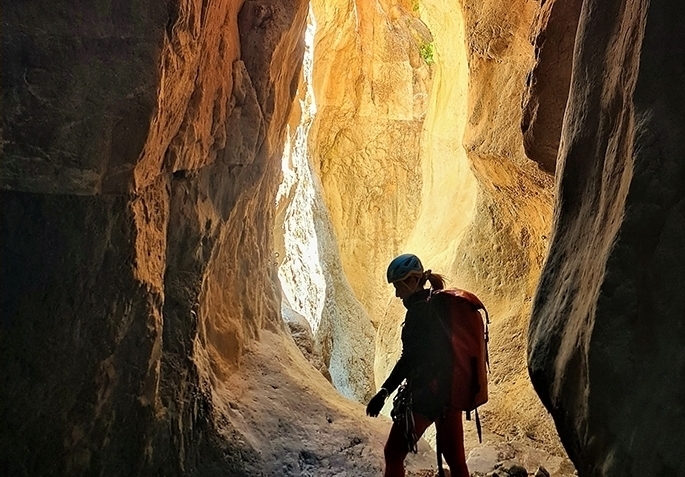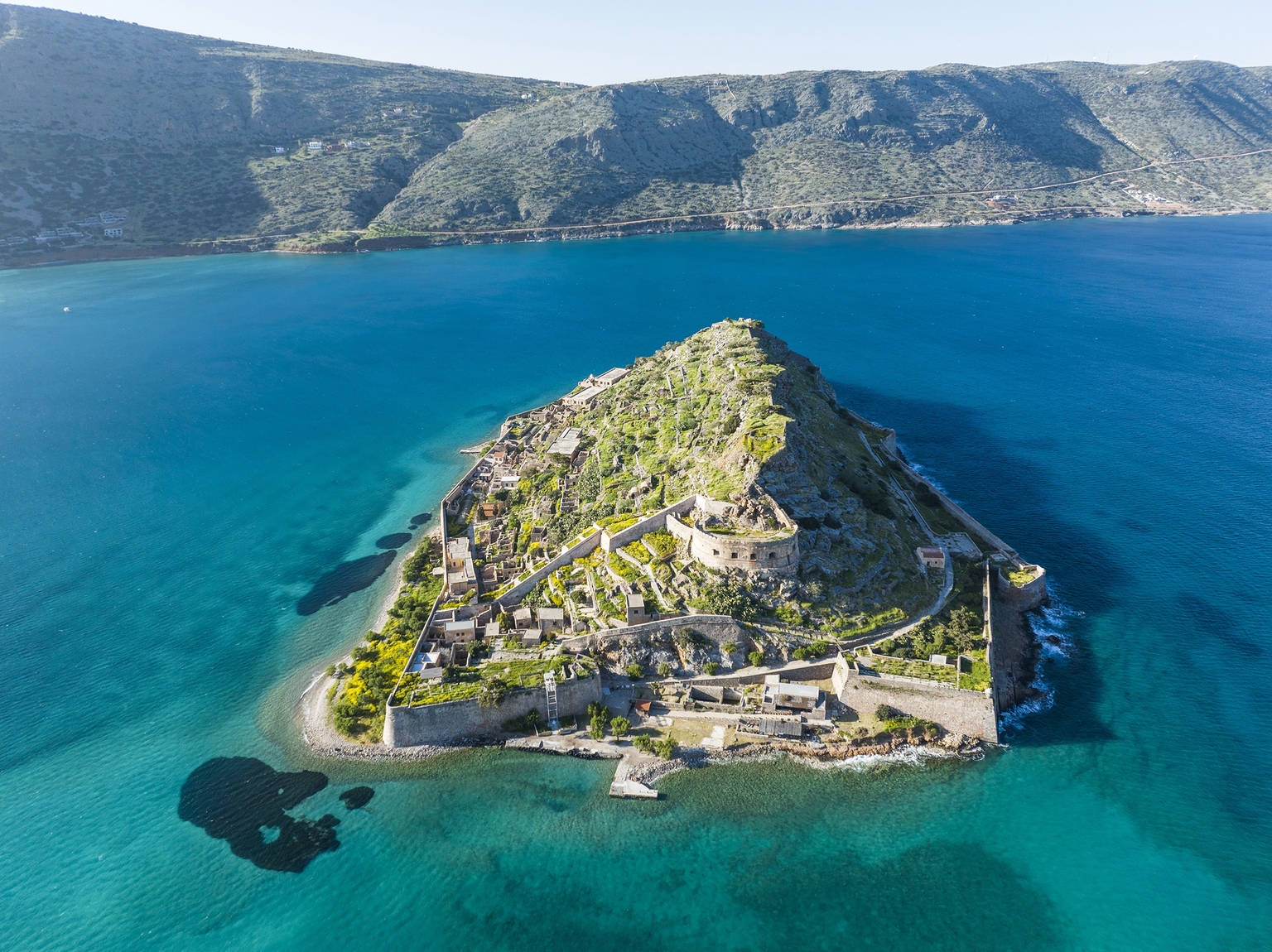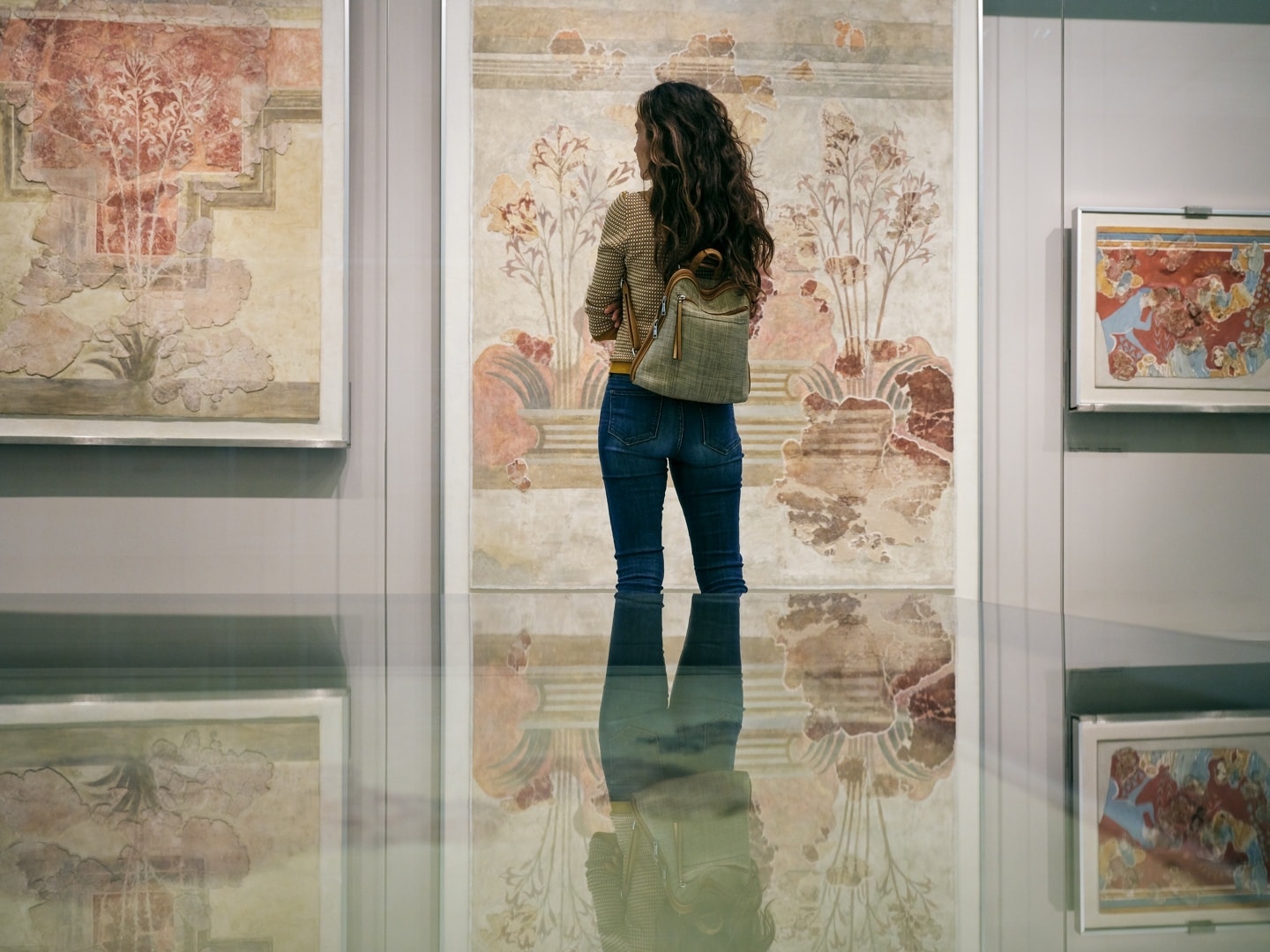Discover the Ring of Minos
Author Discover Crete
Culture
Culture

If you want to take a journey back to the time of Minos, a visit to the Heraklion Archaeological Museum is a must.
Among the many depictions of Minoan religious ideology, one stands out—the intricate scene engraved on the so-called "Ring of Minos."
This impressive gold ring is possibly the largest ever found in Crete. It was discovered in 1928 in a field near the royal tomb-shrine of Knossos, on the hill of Gypsades.
In the years following its discovery, many researchers questioned its authenticity, mainly due to its unique iconography. The ring was first examined by Arthur Evans, the excavator of Knossos, as well as archaeologist Nikolaos Platon, who never doubted its authenticity. Over time, additional findings emerged that closely resembled the imagery on the ring, reinforcing its significance.
Today, it is widely recognized as one of the most representative examples of Minoan seal engraving. It is a signet ring, likely belonging to a member of the ruling class with political and/or religious authority.
What does it depict?
The elliptical bezel of the ring features an intricately engraved scene that represents different stages and symbols of divine manifestation (theophany), along with elements of Minoan tree worship rituals.
- On the left, a female figure gently shakes a tree branch emerging from a stepped sanctuary.
- At the center, a kneeling man pulls at a tree branch with his right hand while holding a fruit in his left, seemingly offering it to a seated female deity on a stepped platform.
- To the right of the goddess, a floating figure descends from above, reinforcing the divine nature of the scene.
- The lower half of the composition is adorned with elliptical natural stones and a striking image of the goddess sailing across the sea in a boat, inside which a stepped altar with sacred horns is visible.
This unique depiction in Minoan iconography encapsulates the Minoan perception of divinity and the unity of the cosmos. The goddess appears in the air as a floating idol, on land as a seated female figure, and at sea within a boat, symbolizing her different manifestations and dominance over the celestial, earthly, and marine worlds. The tree worship scenes are directly linked to the process of divine revelation, further enhancing the symbolic weight of the composition.
📍 Source: Heraklion Archaeological Museum

